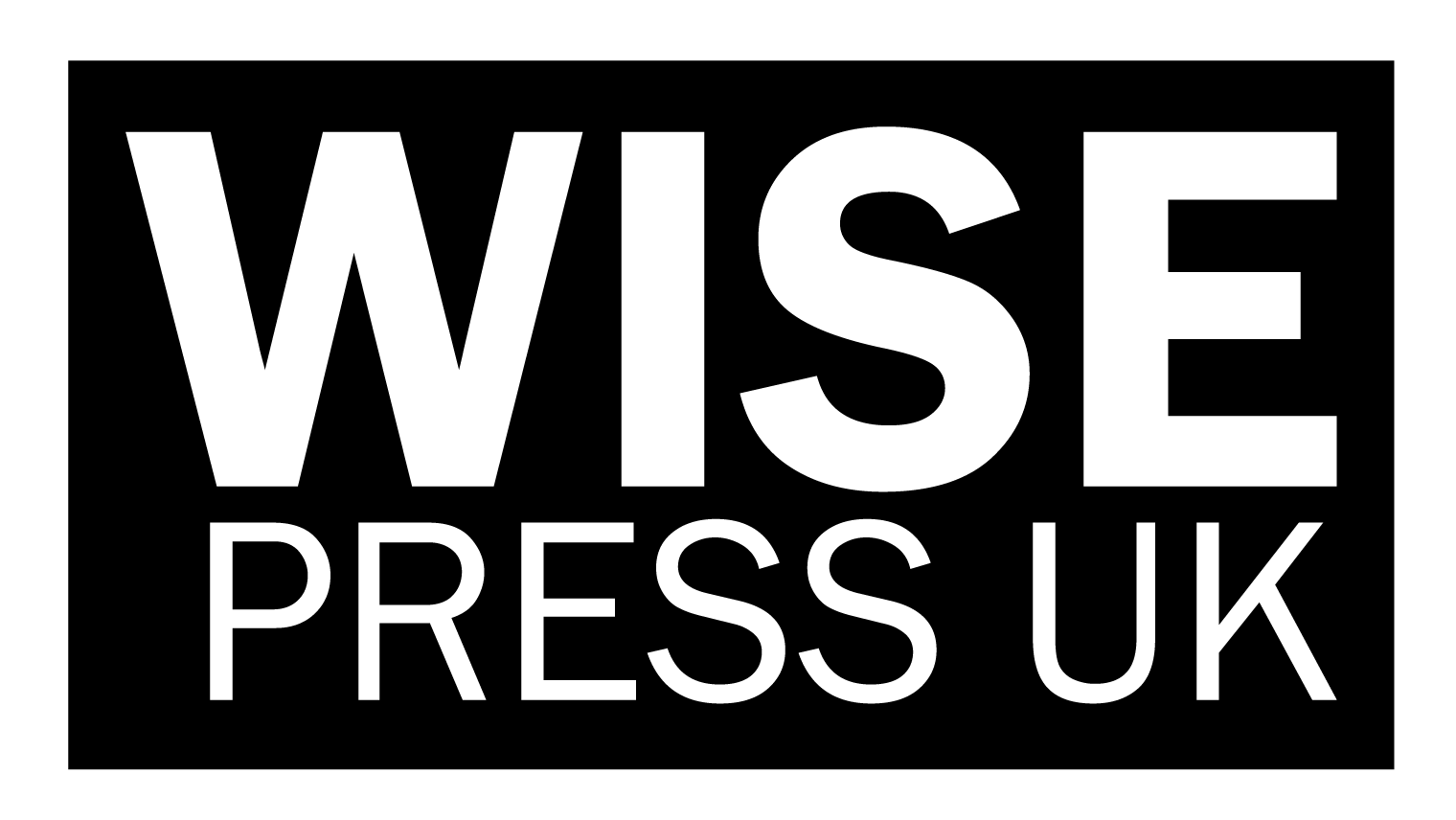Protecting Hospital Health Workers from Angry Patients and Strategies for De-escalation
DOI:
https://doi.org/10.61707/atpxrh33Keywords:
Health Workers, Angry Patients, HospitalAbstract
Patients in health care settings can become angry because of their illness, the situation, or communication problems. This section presents evidence of aggression by patients toward health workers in medical settings, outlines the problem, and the consequences of aggression toward medical staff. It presents the prevalence of workplace violence in the health care sector, as well as the consequences for those who are targeted by the aggression. It examines the specific factors related to aggression toward those who provide care for others. This section closes with a summary of what happens to medical staff who bear the wrath of an aggressive patient. Workplace violence is defined as the intentional use of physical force or power, threatened or actual, against one or more workers, resulting in physical, psychological, sexual, or emotional harm. The consequences of workplace violence can be severe. Physical attacks on workers led to injuries requiring time on the job. In over 70% of the violence and trauma cases, the injured worker was female and the average time away from work was nine days. Methods: We conducted a 4-hour anger management training workshop, utilizing participants' knowledge/experiences with angry patients and strategies to control anger. We used experiential learning in a social constructivist framework. Objectives were to educate on anger causes, recognizing and controlling anger, and supporting co-workers. Methods included role-playing, video workshops, and small group strategies. The program was evaluated using pre- and post-tests, including care of seniors, confidence measures, and an evaluation form. Attendees rated workshop aspects on a Likert scale. Conclusion: In conclusion, anger represents the emotional response to frustration, shredding the limbic brakes that usually temper human antagonism. It can call out the caveman within us to rise on our hind legs and snarl. Few would think of telling someone who just suffered the loss of a loved one that they needed to understand what the grieving person was feeling. But when angry and agitated patients challenge our care and concern, we too often forget this wisdom and attack these patients at the moment when they most need our willingness to understand and our humanity. We need to reframe our approach in the same way that we operate in emergency departments where any possibility of injury due to psychosis needs to be removed until safe and appropriate psychiatric interventions can be put in place. Hospital staff members are the only ones on the front line who are capable of being trained to respond to these moments of peril because they are the ones who are there. The mounting prevalence of patient provocative episodes warrants the active implementation of staff psychological programming of resilient response. The skillful de-escalation of anger, the provision of empathy, and the identification of any clinical factors that contribute to the episode are also crucial in neutralizing these situations. Empathic interactions between our staff and patients allow the body of the mammalian nerve to send a calming message to strain on the person before liability consequences occur. Such a paradigm shift has beneficial effects for all stakeholders involved in a proactive approach. In conclusion, “First, do no harm.” As we are challenged by a society with a behavioral problem, let’s find out together where we can contribute to the institution’s work without harming patients, the company, and its employees.
Downloads
Published
Issue
Section
License

This work is licensed under a Creative Commons Attribution-NonCommercial-NoDerivatives 4.0 International License.
CC Attribution-NonCommercial-NoDerivatives 4.0



